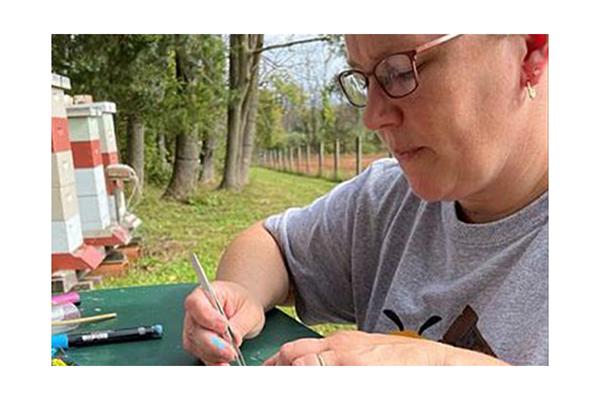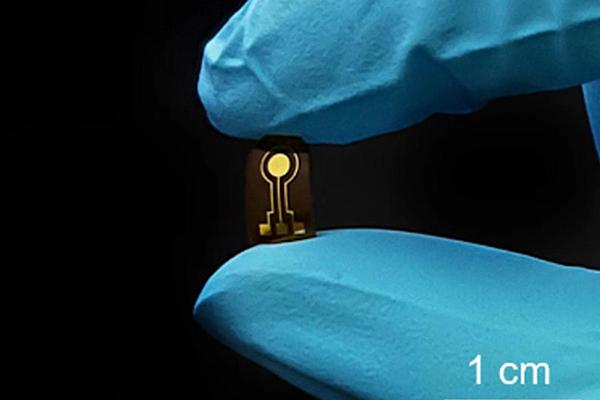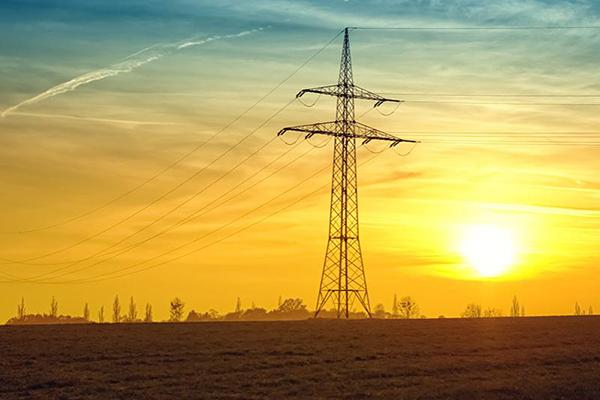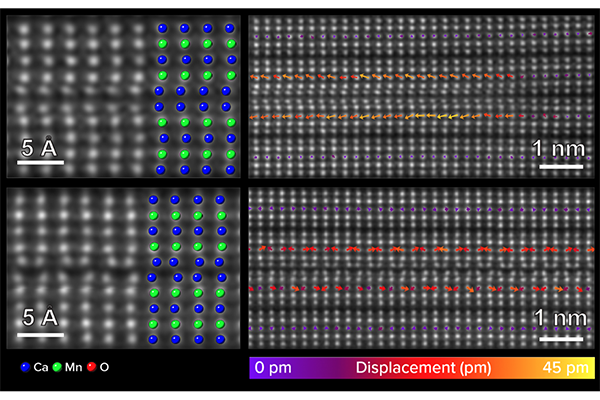Read the latest news about research conducted by investigators in the College of Earth and Mineral Sciences. Our faculty and students are continually advancing technology, creating solutions and expanding knowledge with new and innovative research.
News
A new study may improve the ability of pyrolysis to process hard-to-recycle mixed plastics — like multilayer food packaging — and generate fuel as a byproduct, the scientists said.
Fracking for natural gas in parts of Pennsylvania with a legacy of energy extraction may increase the risk of groundwater contamination, according to a team led by Penn State scientists.
Penn State was named a collaborating institution in a $66 million U.S. Department of Energy Urban Integrated Field (Urban IFL) Program designed to study the impacts of climate change on American cities.
A $1.5 million grant from the U.S. Department of Agriculture will enable a team of researchers — led by Penn State entomologists — to assess foraging patterns of honey bees on organic farms, with an eye toward creating opportunities for beekeepers to produce certified-organic apiary products.
If smoke indicates a fire, nitric oxide signals inflammation.
Improving states’ ability to address air quality issues is the focus of a new $1 million, Penn State-led project funded by NASA.
Governments and societies around the world face increasing urgency in responding to climate change by accelerating the transition to a low-carbon energy system but differing views remain on the combination of energy technologies that will best achieve this goal.
A team of researchers have observed and reported for the first time the unique microstructure of a novel ferroelectric material, enabling the development of lead-free piezoelectric materials for electronics, sensors, and energy storage that are safer for human use.
An academic/enterprise partnership that includes Penn State researchers is developing a new dielectric material to enable magnetic resonance imaging (MRI) machines with shorter scan times and higher image resolutions, good news for cutting the cost of MRI scans for the hospitals and for patients who struggle with MRI-related anxiety.
A newly developed model may serve as a bridge between quantum mechanical calculations at the atomic scale and devices that could enable next-generation quantum technologies, according to a team of Penn State researchers.












